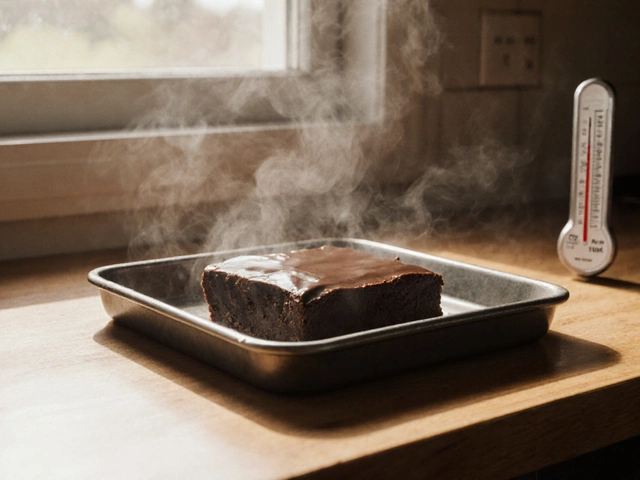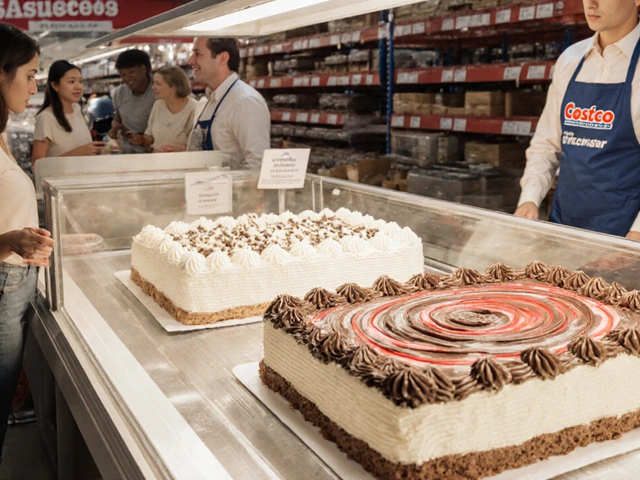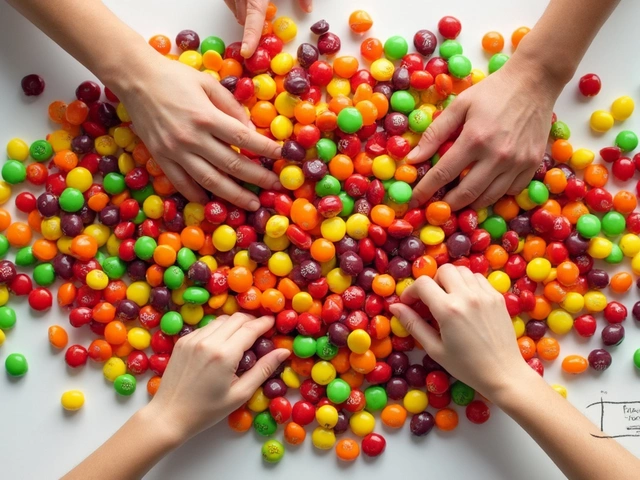Dessert Facts: Quick Trivia and Helpful Tips for Every Sweet Tooth
Welcome to the dessert facts hub! Here you’ll find bite‑size nuggets about the treats you love, plus practical advice you can use right away. Want to know why fudge sometimes turns grainy or how to tell if brownies have gone bad? You’re in the right place.
Quick Fact Bites
Fudge temperature matters. Hitting the soft‑ball stage (around 235‑240°F) gives you smooth, creamy fudge. Too low and it stays loose; too high and it hardens.
Tiramisù’s name means “pick me up”. The Italian dessert earned its name from the coffee‑laden layers that give you a little energy boost.
Brownies spoil faster than you think. If they smell sour, have a sticky surface, or develop mold, toss them. Store in an airtight container to keep them fresh for up to a week.
Gluten‑free cakes sink because they lack structure. Adding extra eggs, xanthan gum, or a bit of starch helps create a stronger crumb.
Eggs in cheesecake aren’t optional. They provide stability and a silky texture. If you skip them, use a blend of cornstarch and cream cheese to avoid cracks.
How to Use These Facts in Your Kitchen
Take the fudge temperature tip and set a candy thermometer before you start. When the reading hits the soft‑ball range, slide the pan off the heat and begin stirring. This simple step saves you from grainy disappointment.
When you bake brownies, give them a quick sniff before slicing. A faint sour odor means they’ve started to ferment—best to discard and start fresh.
Looking to bake a gluten‑free cake? Mix a tablespoon of psyllium husk with warm water to mimic gluten’s binding power. Your cake will rise higher and stay moist.
Planning a tiramisu party? Remember the name’s meaning—serve it chilled with a splash of espresso for that extra pick‑me‑up effect.
And if you want an egg‑free cheesecake, blend ¼ cup of silken tofu with ½ cup of cream cheese for each missing egg. The result is still smooth, with no cracks.
All these facts come from real kitchen experience and science‑backed tricks. Use them next time you reach for a whisk, and your desserts will be more reliable, tasty, and impressive.
Got a specific dessert question? Browse the other posts on this page for deeper dives—like candy‑making secrets, birthday cake alternatives, and the true cost of a wedding cake. Each article gives you step‑by‑step guidance without any fluff.
Enjoy experimenting, and remember: the best desserts start with a solid fact and a dash of curiosity.

Who Invented Macarons? Unwrapping Their Surprising Past
Ever wondered where macarons really come from? This article busts the myth that they’re purely French and follows their wild journey from Italian kitchens to Parisian tea rooms. You’ll get the real story behind that signature chewy shell and creamy filling. Plus, find out what makes a macaron different from a simple cookie. Get tips on spotting a perfect macaron and making them at home. By the end, you’ll never look at these tiny treats the same way again.
View More
Brownie Origins: Where Did This Chewy Classic Come From?
Curious about where the beloved brownie came from? This article uncovers the story behind its origins, dispels old myths, and shares some cool tidbits about its journey to dessert fame. Expect useful details for both curious foodies and home bakers. Get a quick guide on how brownies went from a kitchen mistake to an international favorite. Perfect read if you love brownies as much as I do.
View More




